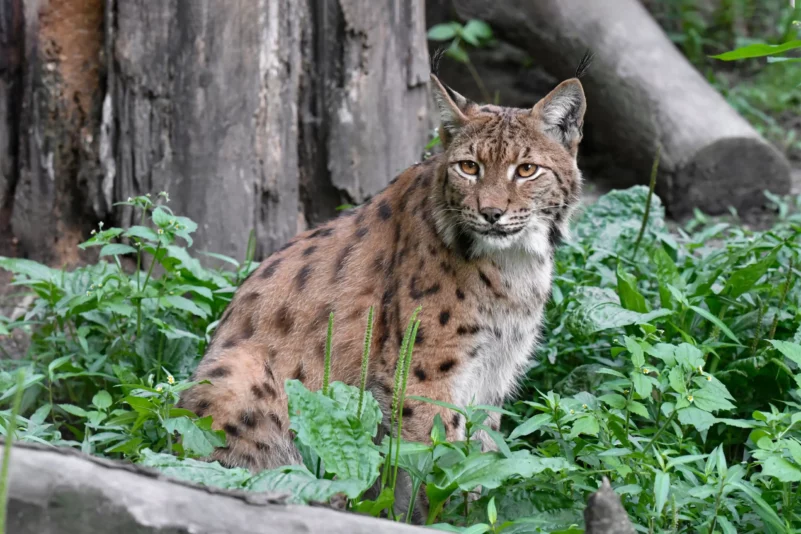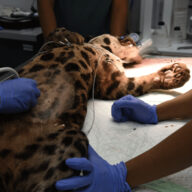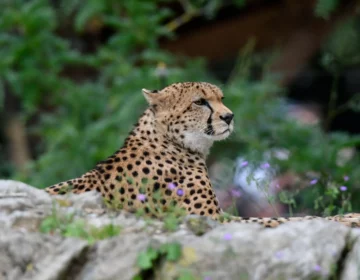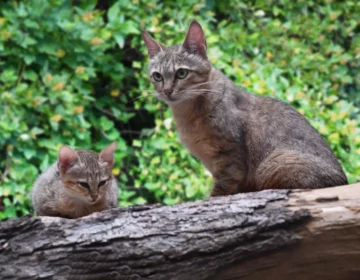
Eurasian lynx
Lynx lynx
Eurasian lynx
APPEARANCE
Eurasian lynx is the tallest of the lynx family. Individuals from the northern and eastern part of its range are generally larger than those from the south and west. The Eurasian Lynx has long legs and in winter its paws are more densely covered with fur, which acts as snowshoes and enables it to move more efficiently in deep snow. Its tail is short with a black tip. Its ears have a black back with a white spot with long black bristles. The fur of the Eurasian lynx can range in color from grey to reddish or yellowish. The fur patterns vary from unique rosettes to distinct spots that can be small or large. The belly, chest, and underside of the Eurasian lynx are pale. The Central Asian subspecies L. l. isabellinus has a coat almost completely devoid of patterns.
DISTRIBUTION AND HABITAT
The Eurasian lynx has one of the largest ranges of all cat species. It is found from the Atlantic in western Europe through the boreal forests of Russia to Central Asia and the Tibetan plateau to the Pacific coast in the east. About 75% of its range is within the borders of Russia.
The Eurasian lynx is found in a variety of environmental and climatic conditions. In general, the Eurasian lynx is mainly associated with forested areas that support good ungulate populations and provide sufficient cover for hunting.
BEHAVIOUR
The Eurasian lynx is a solitary and territorial animal. It is active mainly at dawn and dusk. It is an efficient hunter. It can kill prey up to 3-4 times its size.
FOOD
The Eurasian lynx feeds mainly on small and medium-sized ungulates such as roe deer, chamois, reindeer, and musk deer. All lynx species hunt smaller prey such as lagomorphs. Occasionally, Eurasian lynx also attack larger ungulates such as deer, but in most cases these are juveniles.
MAIN THREATS
In Europe, the main threats to lynx are poaching, retaliatory killing, habitat loss, and fragmentation, mainly due to infrastructure development, poor land management, and accidental deaths in traffic accidents.
In Asia, the main threats include habitat loss and fragmentation, mainly due to livestock farming, infrastructure development, resource extraction and logging, and poaching, mainly through retaliatory killing due to livestock killing or the fur trade.





